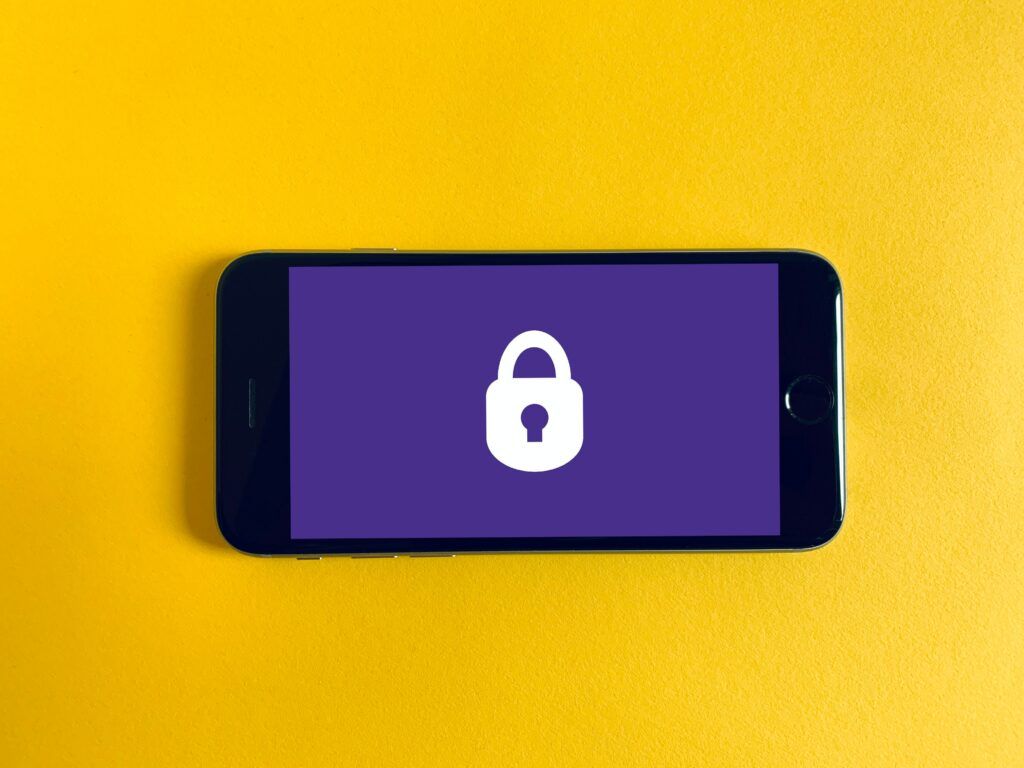Homeowners are adopting smart home devices at a stagging rate, but are they aware of the risks? According to research firm IDC, more than 77 percent of households with WiFi reported owning at least one smart home device in 2021—12 percent more than the previous year. Demand for these devices will only grow in the coming years.
From lightbulbs to home security systems to thermostats to doorbells, smart home devices are all part of the interconnected network of the Internet of Things (IoT). Smart home innovations meaningfully enrich lives, offering convenience, entertainment and peace-of-mind.
They can also be a hacker’s playground.
One report showed that IoT devices can be hacked in less than five minutes after being installed. Another study revealed that many popular smart home devices had major design flaws that left them vulnerable to cyberattacks, data leaks and break-ins. Despite the pervasiveness of the threats, smart home cyber-attacks are preventable. Risks can be mitigated through consumer research, understanding and comprehensive security protocols.
Top Five Smart Home Device Attacks
Bad actors are always on the hunt for access to IoT devices. The most common cyber-attacks on smart homes include:
- Device hijacking: Attackers can take over devices and can sometimes gain access to the entire network of smart home devices through one unprotected machine. This can be hard to detect since the device functions normally while under hacker control.
- Data breaches and identity theft: Cyber attackers can steal data and sensitive personal information from anyunprotected smart home device, including wearables, smart appliances, and home security systems.
- Denial of service (DoS): Denial of service attacks aim to shut down IoT devices or entire networks by overloading them with false requests.
- Man-in-the-middle: Man-in-the-middle attacks occur when a bad actor intercepts and modifies data, allowing them to steal information or send harmful code. For example, a malicious party could seize information generated by a smart home device on its way to the cloud, causing the device to shut down.
- Phlashing: These harmful cyberattacks damage the device so badly it needs to be replaced or reinstalled.
How to Protect Your Smart Home from Security Threats
Understanding the breadth of the threats is the first step, taking action is the next. Key protections outlined below could be the difference between a cyberattack and a safe smart home.
Change your passwords
The most important thing you can do to protect your smart home devices is to change your passwords. An estimated 15 percent of IoT device owners never change their default passwords, meaning millions of devices are using the same password listed in the manual. Hackers can all-too-easily deploy wide-spread attacks to all devices with default credentials.
Change the default password on every connected device in your home, using a unique and difficult-to-hack password for each one. Don’t try to be funny and don’t keep it simple just because it’s easier to remember—ABC123 is far too easy to crack, given the sophisticated technology cyberattackers use.
For an added layer of security, change your passwords regularly and employ multi-factor authentication whenever possible.
Look at the big picture—secure all hubs and networks
Even the smallest smart home devices contain software that, if not properly protected, could give hackers access to valuable data, including your WiFi credentials. Make sure that every single device connected to your network is secure.
Many homeowners use smart home hubs as a way to control all their IoT devices from a centralized location. A study from the University of Georgia suggests that these hubs can contain weaknesses that lead to privacy invasion. If the smart home hub is vulnerable to attackers, it won’t matter how secure the individual devices are—the hackers can gain access to everything through the hub. They can then steal data, unlock connected doors via keypad, remotely view into homes , and more.
Similarly, an unsecured WiFi network makes your smart home an easy target. Make sure your firewall is turned on at all times. When setting up smart home devices, use a guest network. This separates the devices from the computers and smartphones connected to the main network, thus protecting valuable personal information.
Reconsider devices with cameras and microphones
Many smart home security systems use cameras and microphones to monitor the property. Software within the cameras can be hacked, leading to invasive and dangerous situations. Homeowners have reported malicious parties talking to their children through cameras. Significant data breaches have been linked to cameras and internet-connected microphone hacks.
Luckily, home security systems do not need cameras or microphones to properly protect the inside of your home. WiFi Sensing technology uses WiFi signals to detect and analyze movement, offering accurate home monitoring without infringing on privacy.
Interested in how WiFi Sensing can protect smart homes without invasive cameras? Origin is always seeking new innovative partners. Request a demo.
Be vigilant about updates
Hackers move fast when they discover vulnerabilities in smart home devices. Make sure that you’re moving faster by patching and updating device software and firmware consistently. Many companies will install necessary updates automatically, but users should also manually update device and router firmware to ensure that the latest security protocols are in place.
Similarly, stay on top of device lifecycle management. If you have an old device or router that is no longer able to receive software updates, this becomes a legacy system that can be a cyberattack magnet. Purchase a new device with the latest cutting-edge security as soon as possible.
Seek devices with secure coding and computing standards
Legislation regulating security standards in smart home device manufacturing is limited. All companies do not follow the same protocols, and some cut corners to deliver a cheaper product, sacrificing data protections.
Smart consumers must do their research to understand the security of the device they’re purchasing.
Vet the device manufacturer before purchasing a smart home device. Ask key questions about their security protocols, such as:
- Have the company’s devices been the source of large data breaches? Steer clear of repeat targets.
- Is the device and its data protected through encryption? Companies using leading-edge encryption techniques protect personal information by converting it into code.
- Does the company offer frequent automatic security patches? Proactive upkeep is key.
- Does the device software utilize edge computing? Edge computing improves security by minimizing the amount of private data stored in the cloud and limiting the window of opportunity for cybercriminals to intercept data.
- Has the device been through penetration testing? Make sure they’ve looked at all possible entry points.
- What privacy protocols and security standards does the company adhere to? Look for adherence to the Personal Information Protection and Electronic Documents Act (PIPEDA), the General Data Protection Regulation (GDPR) and the California Consumer Privacy Act (CCPA).
Security Starts at the Source
Cybercriminals will continue to boldly attack smart home devices. Every device user must take proactive measures to keep cyber threats at bay.
In addition, every smart home device manufacturer and software developer must commit to implementing security practices proven to protect and mitigate risks.
At Origin, we are constantly innovating solutions that will improve the security of all WiFi enabled devices. Our team is dedicated to maintaining WiFi Sensing’s position as one of the most secure IoT technologies on the market.
Stop by to see us at CONNECTIONS 2023 in Dallas, Texas from May 23-25 or schedule some time to meet with us!

